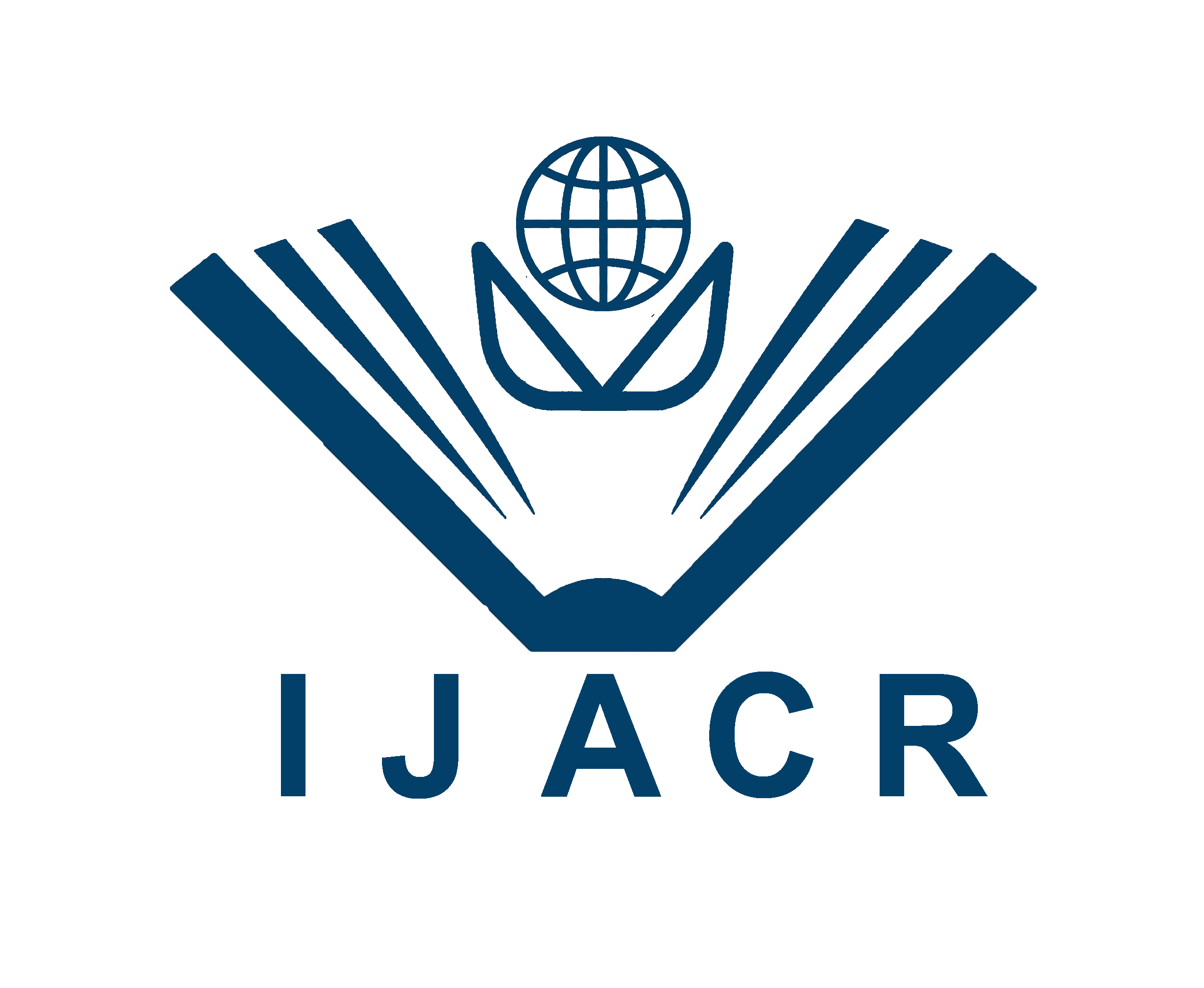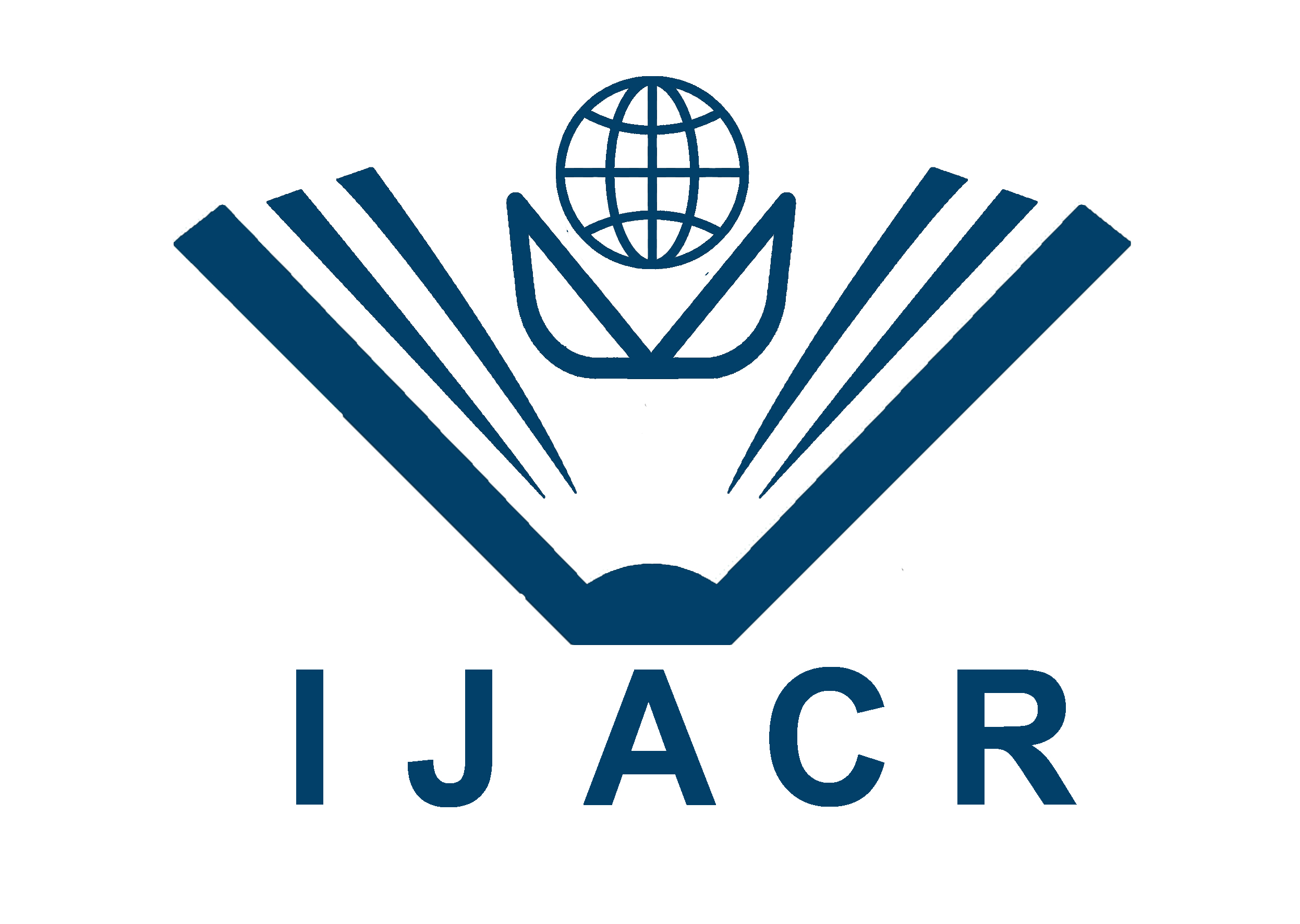International Journal for Asian Contemporary Research, 5(2): 31-37
Management of Green Mold (Trichoderma harzianum) in Oyster Mushroom (Pleurotus ostreatus) Cultivation Using Botanicals
Received: 18 May, 2025 || Accepted: 23 June, 2025 || Published: 05 July 2025
A B S T R A C T
Green mold caused by Trichoderma harzianum poses a major threat to oyster mushroom (Pleurotus ostreatus) cultivation, leading to significant crop losses. This study aimed to determine the prevalence of green mold and evaluate the efficacy of botanicals against the pathogen. Several fungi were isolated, including Trichoderma spp., Aspergillus spp., Penicillium spp., and Rhizopus stolonifera. T. harzianum was the predominant contaminant, detected in approximately 82% of infected spawn packets. The antifungal activity of five plant extracts, including onion, aloe vera, neem, lantana, and tulsi, was assessed at 5% and 10% concentrations. Neem extract showed the highest efficacy, inhibiting over 65% of mycelial growth. In a compatibility test of different plant extracts, neem was also the most supportive of mushroom growth and yield. The study suggests that plant extracts, particularly neem, offer a promising, eco-friendly, and residue-free approach to manage green mold in oyster mushroom cultivation.
Keywords: Green mold, Oyster mushroom and Botanicals.
Copyright information: Copyright © 2025 Author(s) retain the copyright of this article. This work is licensed under a Creative Commons Attribution 4.0 International License
Article View: 567 times



